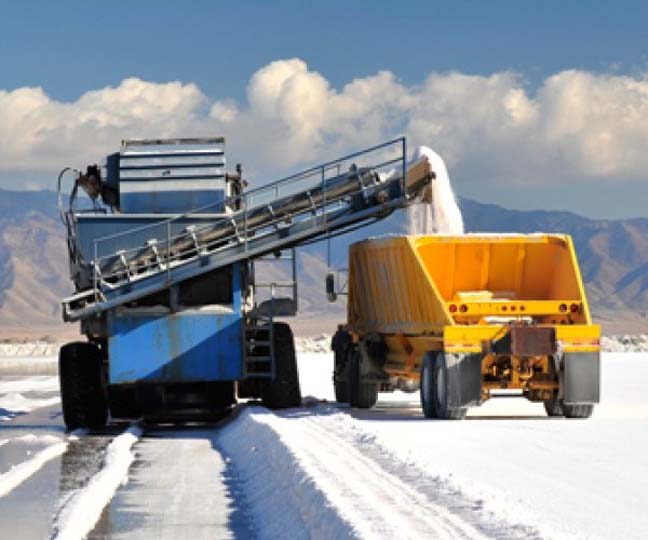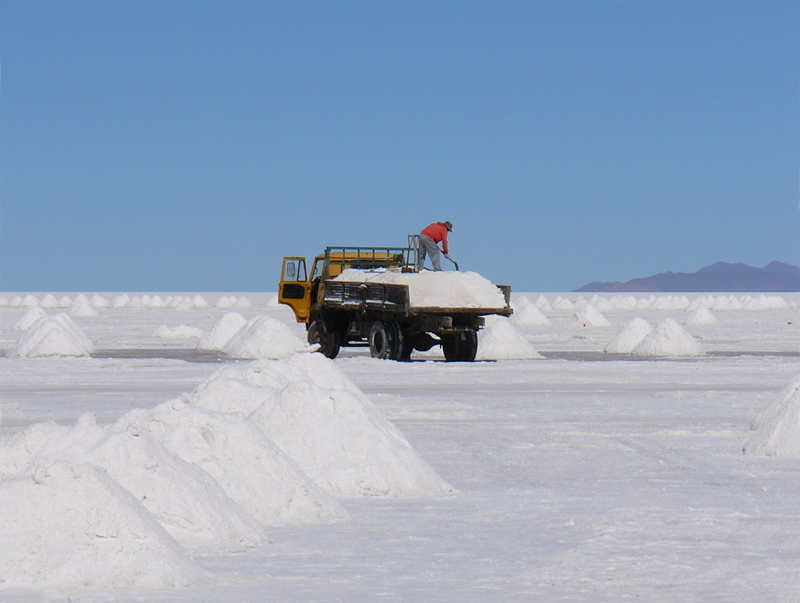The method of using natural seawater to make salt is common in many countries, and this is also the most important salt processing method today.
Most salt farms will build their own salt ponds, pump the brine into the salt ponds for crystallization, and finally use commercial salt harvesters to collect the sea salt for further processing.
Is any sea water suitable for salt making?
In fact, every salt field will conduct multiple surveys and inspections of the salt water in its nearby seas during the initial period of establishment. This is because not all seawater is suitable for processing sea salt.

Different sea areas have different salt content and composition. Therefore, the salt farm should choose suitable sea water for salt production.
What kind of sea water is suitable for salt production?
Generally speaking, the salinity of seawater changes very little, but the salinity of seawater is different and changing in different sea areas and sea areas.
Even in the same sea area, the salinity of seawater at different depths will vary. In general, changes in salinity are mainly related to factors such as seawater evaporation, rainfall, ocean currents and seawater mixing.
After research, people have found that the sea area near the equator has low salinity, with the highest salinity at about 20° north-south latitude, and the lowest salinity in high latitudes. The distribution of sea salt in the whole world is double-humped.

The salinity of the eastern Mediterranean sea is 39.58, the seawater of the Red Sea has a salinity of 41, and the seawater of Karataz-Golo Bay in the Black Sea has a salinity of 200. The highest salinity is the Dead Sea, with a surface salinity of 227~275; It can reach 281 at a depth of 40 meters, which is 8 times the average salinity of ocean waters.
The sea areas that are lower than the average salinity of ocean waters are mostly shallow water areas, such as the Sea of Japan, the Sea of Okhotsk, and the Bering Sea. The sea areas with the lowest salinity are considered the Baltic Sea.
Due to heavy rainfall, a large amount of freshwater input from terrestrial rivers, and Due to the low exchange of sea water, the salinity of the Baltic Sea is often less than 10, especially in the northern Gulf of Bothnia, where the salinity of the sea is only 1-2, which is close to fresh water and is the sea area with the lowest salt in the world.

